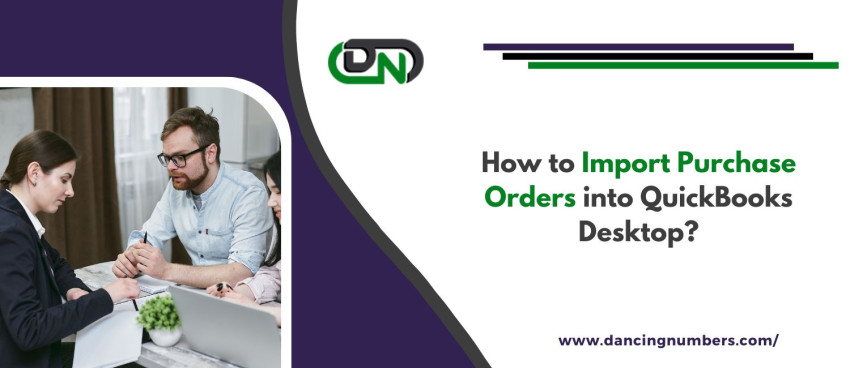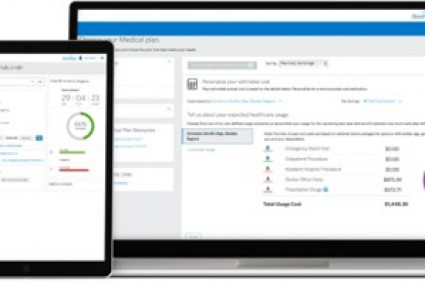
Introduction
Are you tired of manually entering purchase orders into QuickBooks Desktop? Do you wish there was an easier way to keep track of your expenses and streamline your accounting tasks? Well, look no further! In this blog post, we'll show you how to import purchase orders into QuickBooks Desktop in just a few simple steps. By the end of this article, you'll be able to save time and money by automating your purchase order process. So let's get started and simplify your accounting tasks!
What is a Purchase Order?
A purchase order (PO) is a document that represents an agreement between the buyer and supplier. Import purchase orders into QuickBooks outlines the details of items or services to be purchased, including quantity, price, delivery date, and payment terms.
POs are essential for businesses because they provide a paper trail of all purchases made by the company. This helps to ensure that accounts payable accurately record invoices received from suppliers.
Generally, POs include information such as shipping address and contact details for both parties involved in the transaction. They also often contain detailed descriptions of products or services being ordered.
By using POs, companies can reduce errors and prevent fraud by verifying that goods or services have been received before paying suppliers. With QuickBooks Desktop's ability to import POs into your accounting system automatically, you can simplify this process even further!
How to Import Purchase Orders into QuickBooks Desktop?
Importing purchase orders into QuickBooks Desktop can save you a lot of time and energy. It eliminates the need for manual data entry, which could lead to errors and inconsistencies in your financial records. To import purchase orders, start by choosing the right file format that works with QuickBooks.
Next, go to the File menu in QuickBooks and select Import Data > Purchase Orders. This will open up an Import Wizard window where you can follow step-by-step instructions on how to map your data fields to QuickBooks' fields.
Once you've successfully mapped your data fields, you can then preview your imported purchase order information before actually importing it into QuickBooks Desktop. This is important because it allows you to review any potential errors or discrepancies before they become part of your financial records.
After reviewing and verifying the accuracy of your imported purchase orders, click "Import" to complete the process. Your new purchases will now be added directly into QuickBooks without having to manually enter them one by one.
By using this efficient method for importing purchase orders, small business owners can simplify their accounting tasks while ensuring accurate financial reporting within their organization.
Conclusion
Importing purchase orders into QuickBooks Desktop can save you a significant amount of time and effort in managing your accounting tasks. With the simple steps outlined above, you can easily import all your purchase orders into QuickBooks Desktop without any hassles.
By streamlining this process, you can focus on other critical aspects of your business while ensuring that all essential financial information is accurately recorded in one place. Moreover, it helps reduce errors caused due to manual data entry and ensures that everything is up-to-date.
So why not simplify your accounting tasks today by using QuickBooks Desktop? Importing Purchase Orders has never been easier!




